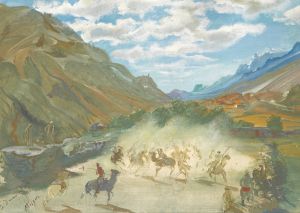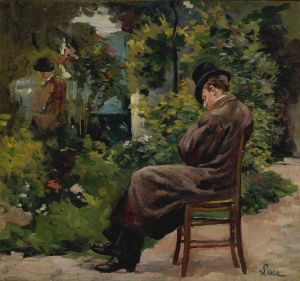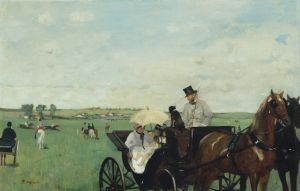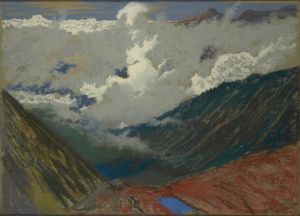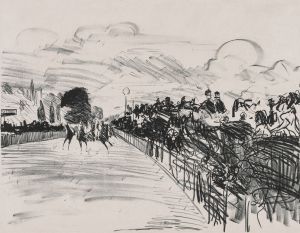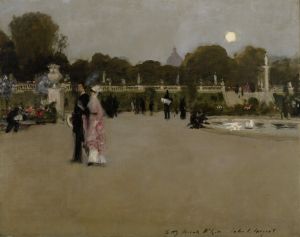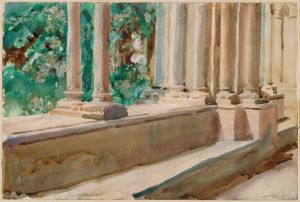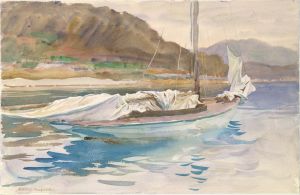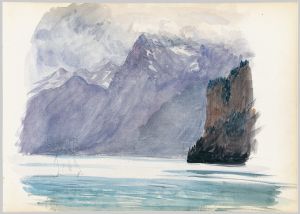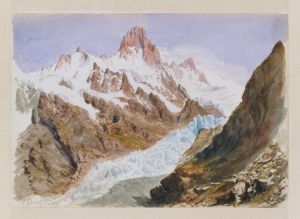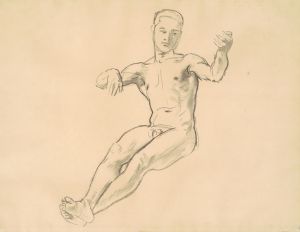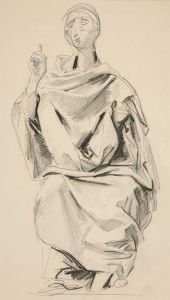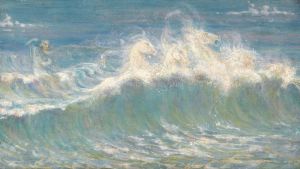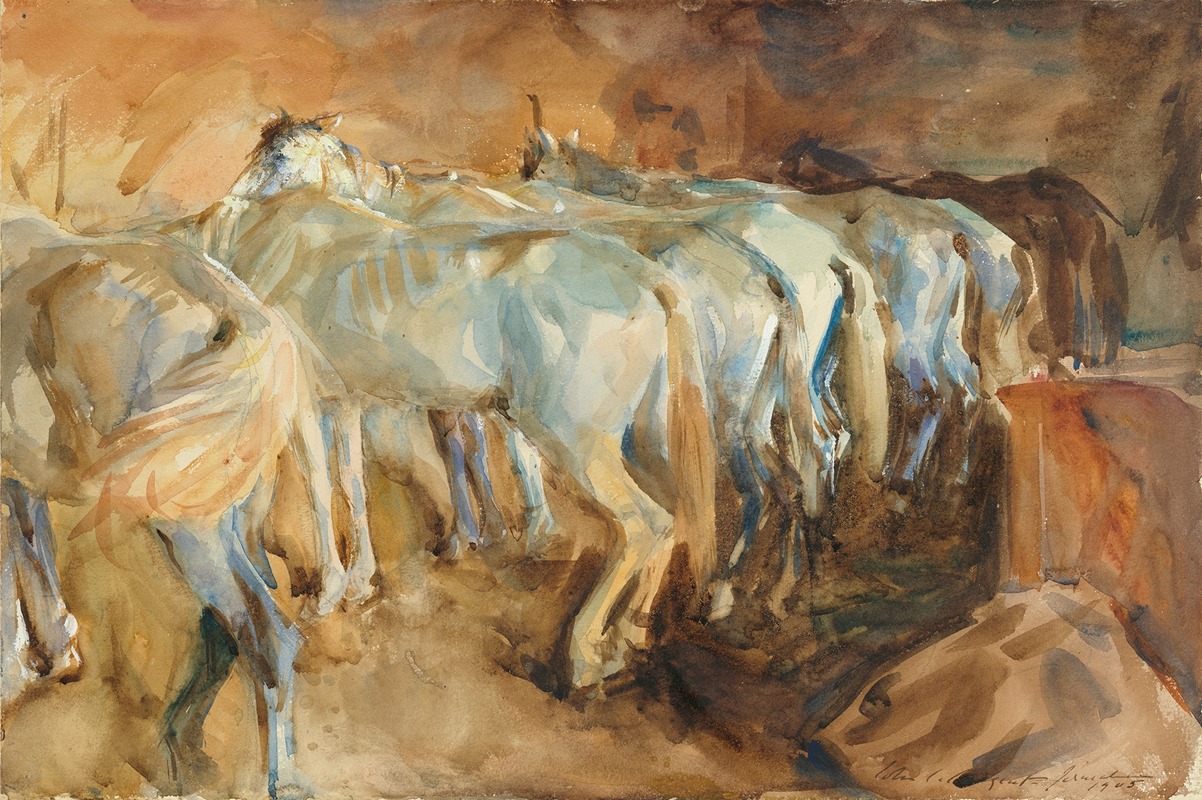
Bus Horses in Jerusalem
A hand-painted replica of John Singer Sargent’s masterpiece Bus Horses in Jerusalem, meticulously crafted by professional artists to capture the true essence of the original. Each piece is created with museum-quality canvas and rare mineral pigments, carefully painted by experienced artists with delicate brushstrokes and rich, layered colors to perfectly recreate the texture of the original artwork. Unlike machine-printed reproductions, this hand-painted version brings the painting to life, infused with the artist’s emotions and skill in every stroke. Whether for personal collection or home decoration, it instantly elevates the artistic atmosphere of any space.
John Singer Sargent, an American expatriate artist, is renowned for his portraits and his ability to capture the essence of his subjects with remarkable precision and sensitivity. However, he also ventured into other genres, including landscapes and scenes of everyday life. One of his lesser-known works is "Bus Horses in Jerusalem," which reflects his travels and interest in diverse cultures and environments.
"Bus Horses in Jerusalem" is a watercolor painting created by Sargent during his travels in the Middle East. Sargent was known for his extensive travels, which greatly influenced his work. His journey to the Middle East took place in the early 20th century, a period when he was exploring different cultures and landscapes beyond the confines of Western Europe and America. This painting is part of a series of works that Sargent produced during his travels in the region, which also included stops in Egypt and Syria.
The painting depicts a scene in Jerusalem, capturing the essence of the city through the depiction of horses, which were a common mode of transportation at the time. Sargent's use of watercolor in this piece is notable for its fluidity and the way it captures the light and atmosphere of the scene. The choice of medium allowed Sargent to work quickly and capture the immediacy of the moment, a technique he often employed in his travel sketches and paintings.
Sargent's interest in the Middle East was part of a broader trend among Western artists of the time, who were fascinated by the so-called "Orient" and sought to capture its exoticism and allure. However, Sargent's approach was more nuanced, focusing on the everyday life and the people he encountered during his travels. In "Bus Horses in Jerusalem," he presents a slice of life in the city, emphasizing the interaction between humans and animals in an urban setting.
The painting is characterized by Sargent's typical attention to detail and his ability to convey a sense of place. The horses are depicted with a sense of movement and vitality, and the surrounding environment is rendered with a keen eye for the interplay of light and shadow. Sargent's skillful use of watercolor allows him to convey the textures and colors of the scene with a remarkable degree of realism.
"Bus Horses in Jerusalem" is a testament to Sargent's versatility as an artist and his ability to capture the spirit of a place through his art. While he is primarily known for his portraits, works like this one demonstrate his keen observational skills and his interest in a wide range of subjects. The painting is part of Sargent's broader body of work that explores different cultures and environments, reflecting his lifelong curiosity and his desire to document the world around him.
Today, "Bus Horses in Jerusalem" is appreciated not only for its artistic merit but also as a historical document that provides insight into the life and culture of Jerusalem in the early 20th century. It remains an example of Sargent's ability to transcend the boundaries of traditional portraiture and explore new themes and subjects through his art.





